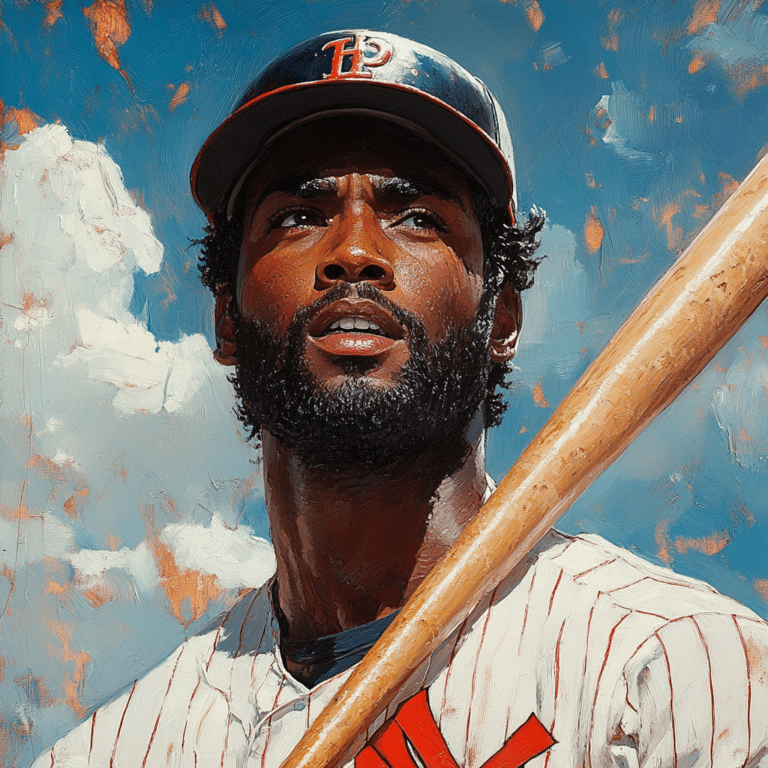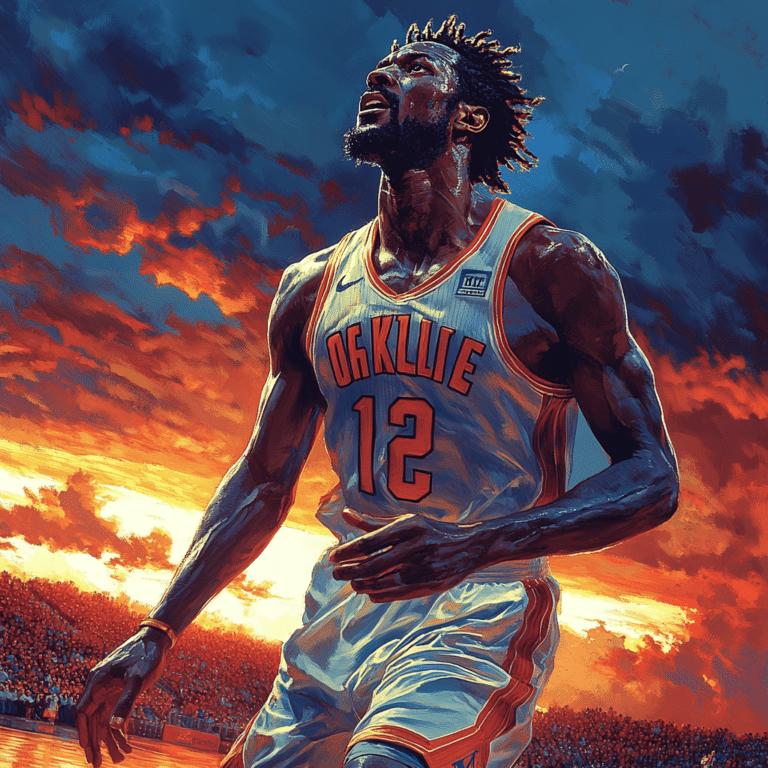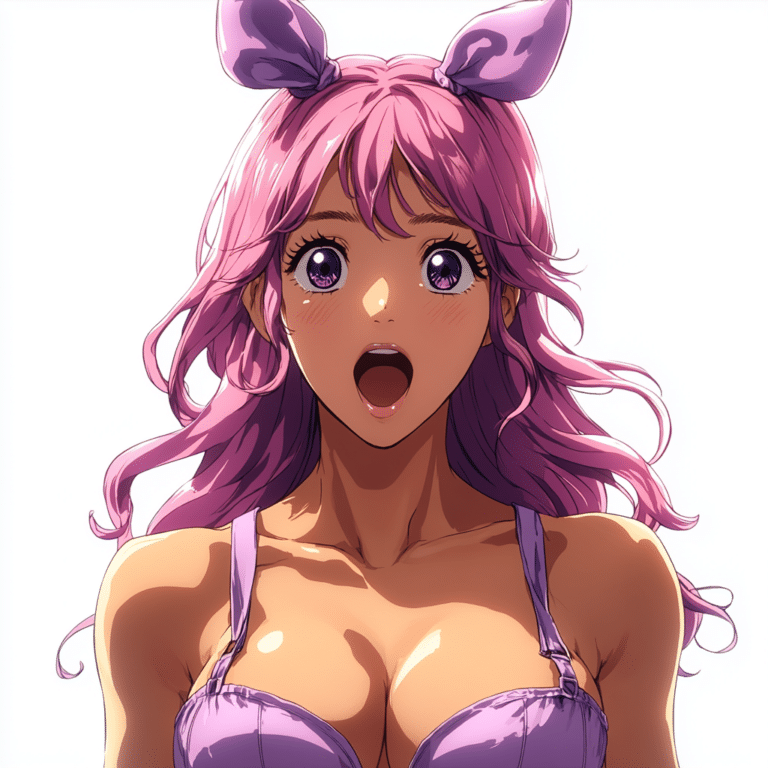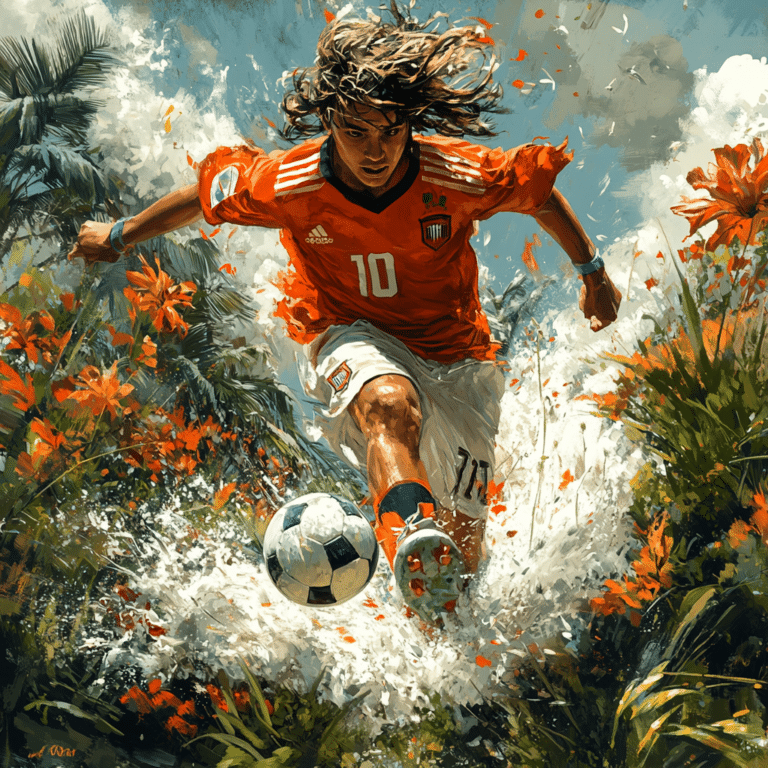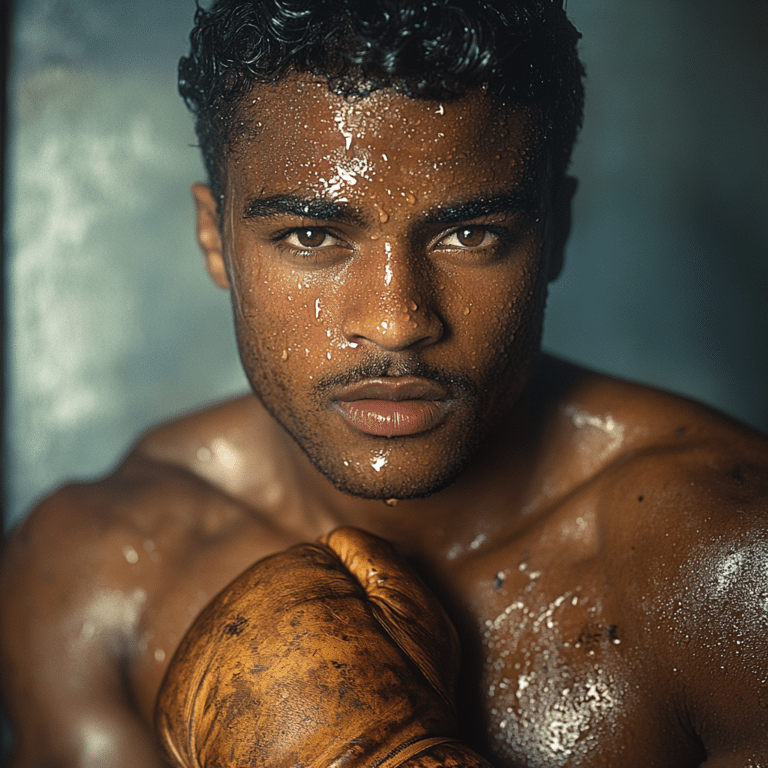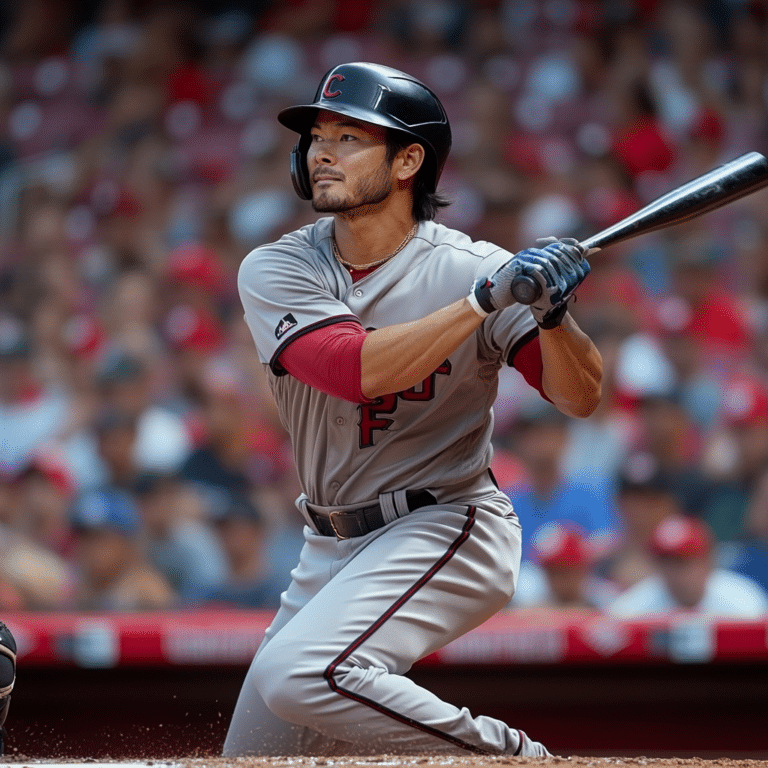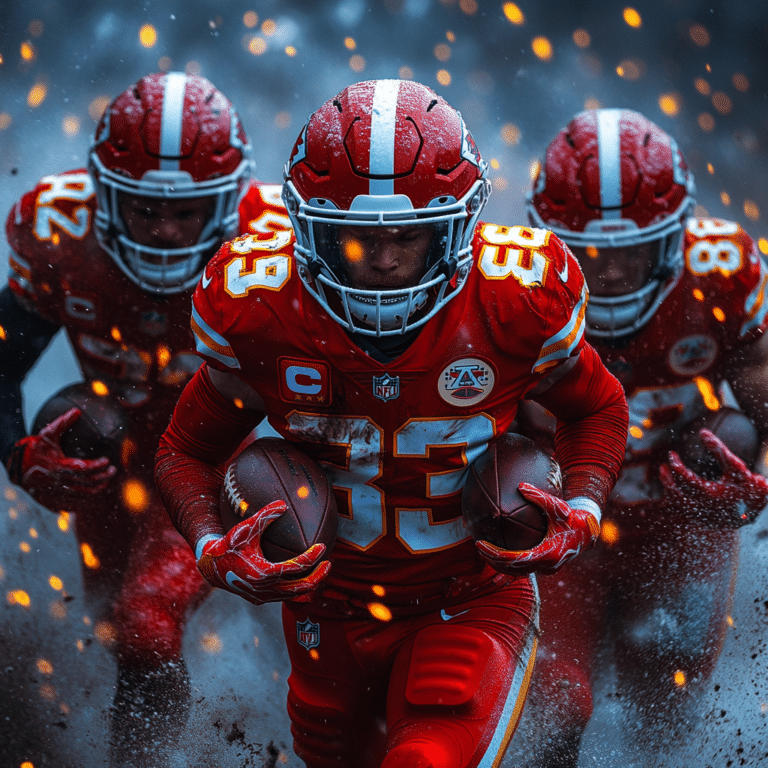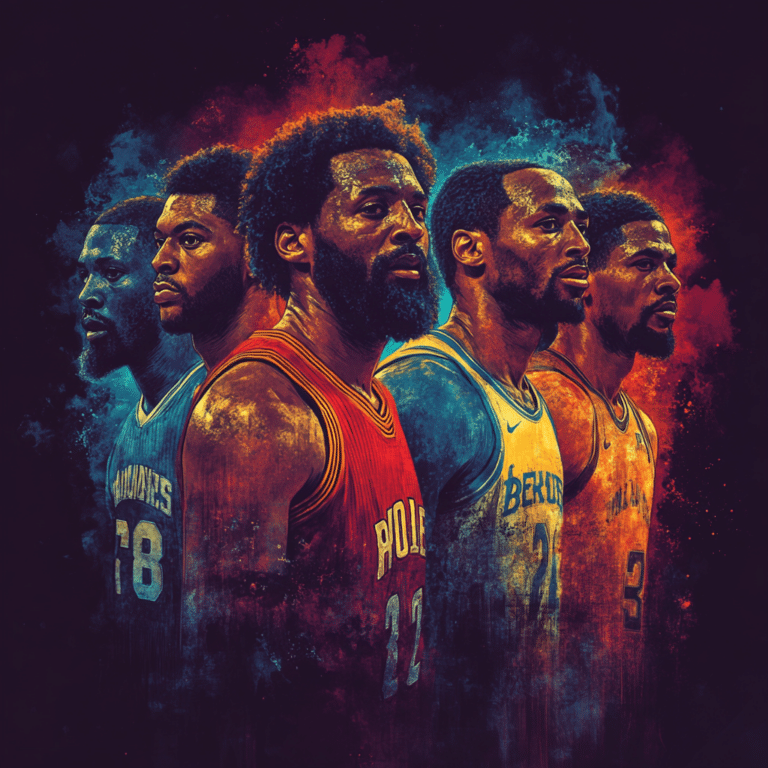Baseball is a game where moments of brilliance can etch a player’s name in the annals of history. Among the various positions on the field, the center fielder often stands out as a critical player who can turn the tide of a game. The center fielder is the backbone of the outfield, covering the vast middle expanse that teammates depend upon for crucial plays. A great center fielder not only commands the outfield but enhances the team’s overall performance. Legendary figures like Mike Trout and Willie Mays remind us that greatness in this role goes far beyond outstanding batting average – it involves a stunning array of skills that define what it means to be exceptional.
The Quintessential Role of a Center Fielder in Baseball
The center fielder’s primary duty is to monitor the fly balls that come their way while strategically covering ground. They must exhibit extraordinary speed and be exceptionally agile, racing after balls hit deep to ensure that no runner advances. A great center fielder becomes a safety net, coordinating plays and creating a strong defensive wall. Just think about how Kevin Pillar earned admiration not merely for his hit and runs, but also for his outstanding defensive instincts. This dual capability shapes the identity of a modern center fielder.
The essence of center field greatness lies in both physical skills and mental sharpness. From performing a jaw-dropping catch to making a split-second decision on whether to throw to home or keep the runner at third, these players embody the excitement of the game. Their ability to track high balls amid sun glare and track players’ movements while keeping an eye on the game adds an element of risk and reward that many positions simply can’t demonstrate.
To fully appreciate the center fielder’s importance, we must dig deeper into what specifically contributes to their greatness. It’s not just about the stats on paper; it’s about understanding the skills that set them apart and create an unforgettable sports narrative. Here’s a closer look at the top seven skills that every great center fielder must possess.
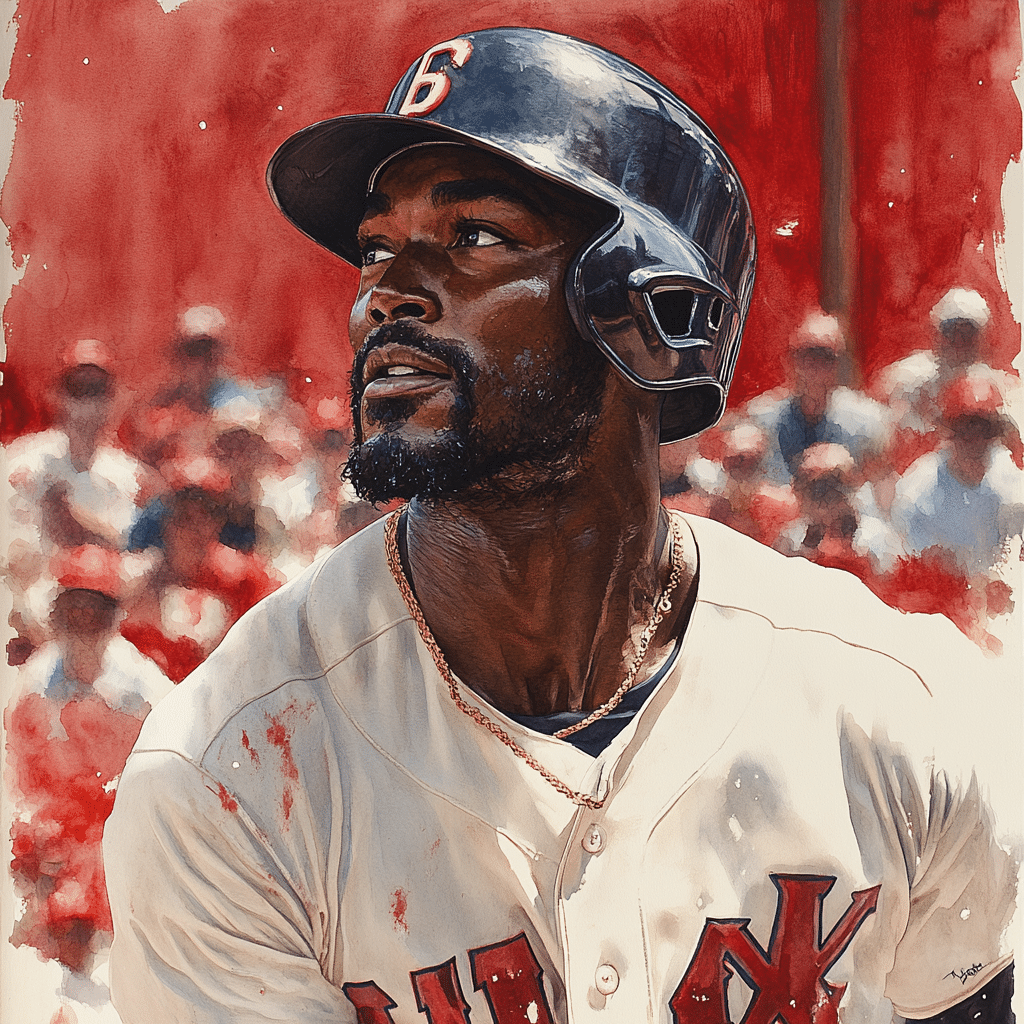
Top 7 Skills That Define a Great Center Fielder
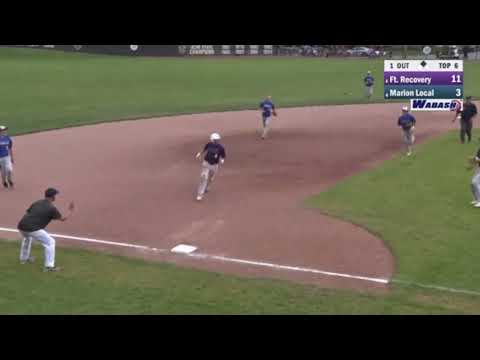
The Evolution of the Center Fielder’s Skillset
The expectations placed on center fielders have shifted dramatically over the decades. In today’s metrics-driven landscape, advanced statistics like Outs Above Average (OAA) and Defensive Runs Saved (DRS) play a pivotal role in how we evaluate their contributions. For example, the emergence of players like Jazz Chisholm Jr. epitomizes how the modern athlete blends traditional skill sets with analytics, transforming training and gameplay.
With technology and data analytics becoming cornerstones of sports, center fielders are better equipped than ever to read the game and anticipate plays. They benefit not only from physical training but also from understanding new metrics that quantify their abilities. Observing how players grow and refine their skills using sophisticated tools is a testament to how far the game has come.
Moreover, the physical attributes of center fielders have also evolved. While traditional metrics indicate that prototypical center field recruits are generally between 5’9” and 6’2”, we now see players of all sizes excelling in the position. It’s about agility, speed, and the mental chops necessary to make split-second decisions in a rapidly changing environment.
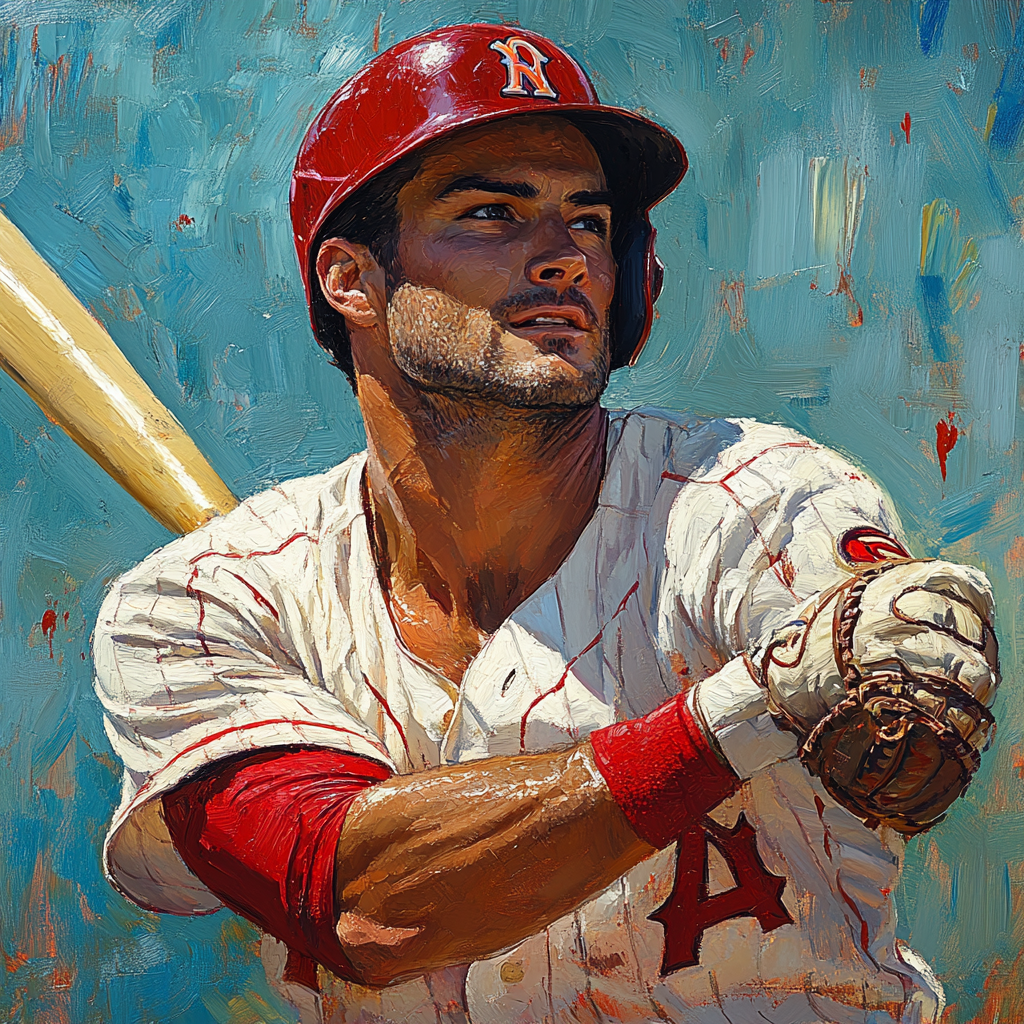
The Impact of Coaching on Center Fielder Development
The guiding hand of coaching is indispensable in shaping elite center fielders. Today’s baseball organizations prioritize developing players both physically and cognitively, emphasizing strategy just as much as raw talent. Coaches like Tony La Russa have left their mark by seamlessly blending time-honored techniques with modern analytics.
Through a comprehensive player development approach, coaches instill the importance of the core skills required not only for center fielding but for the game as a whole. Fostering a culture that values constant improvement and adaptability is key. Those who thrive under such mentorship tend to make the most significant impacts on their teams.
By nurturing a strong relationship with their players and encouraging a deep understanding of the game, today’s coaches set the stage for future center fielders to excel beyond their predecessors. This focus on the individual while simultaneously promoting team communication results in center fielders who are not just athletes but also leaders in the field.
Moving Forward: The Future of the Center Fielder Position
As we look into the future, it’s clear that the definition of greatness for center fielders will continue evolving. Upcoming stars like Julio Rodríguez and George Springer have begun to redefine the landscape by combining offensive prowess with elite defensive capabilities. Their emergence highlights the trend toward multi-faceted approaches, making center fielders even more valuable to their teams.
The ongoing analytics revolution signals that the skills central to center field greatness will change, reflecting the game’s ongoing evolution. As players adapt and innovate, the skills of previous generations will be built upon. This ensures these players remain at the forefront of the sport.
As we witness the rise of this next generation of talent, we can expect those essential skills, such as speed, agility, and tactical awareness, to remain critical to success. Each catch, each throw, and each game-changing decision will inspire players and fans alike, crafting a legacy that future center fielders will strive to uphold. With every new development in training, strategy, and technology, the narrative of excellence at the center field position will continue, leaving an indelible mark on the game’s history for years to come.
By embracing the evolution, players not only pay homage to legends like Mays and Trout but also boldly carve their unique paths. The center fielder’s role is vital to the game of baseball, encapsulating a spirit that champions teamwork and showcases extraordinary talent. With passion and perseverance, the center fielders of today will continue to dazzle us on the diamond.
For more insights, check out resources such as Captain White seafood or stay informed with local happenings like the Delaware Tornado. Always stay connected with our community stories, from the latest news on the Danny Masterson sentence to find out about daily life in Cities in U.s.a.
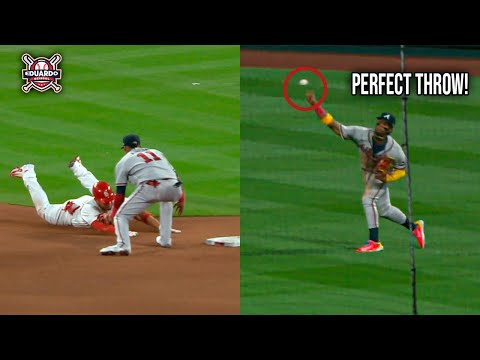
Center Fielder Skills That Define Greatness in Baseball
The Art of Center Fielding
If you’ve ever watched a baseball game, you know the center fielder is often the unsung hero on the field. These players cover more ground than any other, showcasing speed and agility that could put a cheetah to shame. It’s said that a great center fielder can turn a routine fly ball into a dramatic highlight reel play—just like the Chainsaw Devil can cut through challenges with surprising finesse. These skills are vital because a strong center fielder can help their team not just by making catches, but also by supporting the pitchers and orchestrating infield plays.
Now, here’s a fun fact: the center fielder is often the one who calls off infielders on balls hit into their territory. That’s right! Them scooting under the ball while shouting “I got it!” can keep the team’s morale high. This responsibility ties into the idea of teamwork, much like the community surrounding The Covenant school, where collaboration is key. Plus, a center fielder running down a fly ball with precision can be an exhilarating moment, engaging fans and creating unforgettable memories, just as an obituary might tell someone’s story in more somber tones, like those found in the Press Of Ac obituaries.
Skills Beyond the Basics
While speed is essential, good judgment is equally necessary for any center fielder. They need to read the ball’s trajectory quickly, making split-second decisions that can dramatically impact the game. This knack for quick thinking might remind you of how people decide who inherited Tammy Wynette’s money, always seeking to piece together puzzles that others might overlook. Center fielders also have to be versatile, transitioning from offense to defense seamlessly. That level of adaptability is what keeps fans on the edge of their seats, anticipatory of each play as if they’re waiting for a thrilling plot twist in a good story.
Ultimately, the blend of skills that define a great center fielder contributes to the overall narrative of the game, much like how a character might evolve in a beloved manga. Their contributions are as crucial to the outcome as they are often celebrated in the stands. So, the next time you’re watching baseball, remember the center fielder lurking in the background—the one who’s ready to make a spectacular catch that could rival any daring hero, and keep your eyes peeled for moments of brilliance, because they’re the heart of the action!
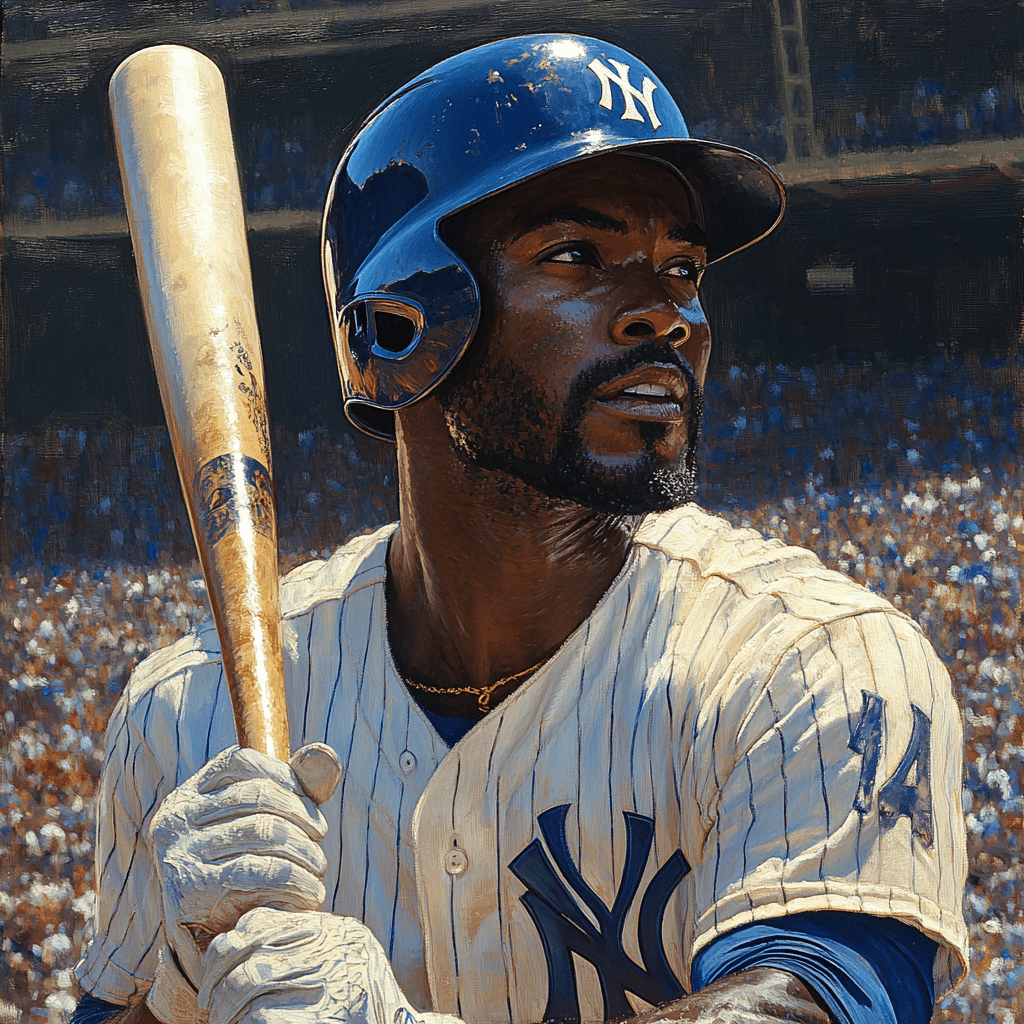
What does a center fielder do?
A center fielder covers the middle portion of the outfield and is key to catching fly balls. They need to have great range since they cover more ground than the other outfielders.
Who usually plays center field?
Typically, the best athlete on the team plays center field, as they often have the speed and skill to handle the duties.
How tall should a center fielder be?
Most center fielders stand between 5’9” and 6’2” and weigh between 175 and 210 pounds, though size isn’t the most critical factor.
What is a famous center fielder?
One famous center fielder is Willie Mays, known for his incredible catches and powerful hitting.
What is the hardest position in baseball?
The hardest position in baseball can be up for debate, but many say catching is toughest due to the physical demands and responsibilities.
Is center field a hard position?
Center field can be challenging due to the need for speed, agility, and the ability to assess plays quickly, making it a demanding position.
What is the least athletic position in baseball?
The least athletic position is often seen as designated hitter in leagues where it’s allowed, as it doesn’t involve fielding.
What’s the most important position in baseball?
While every position is important, many consider the pitcher or catcher as the most crucial roles since they control the game significantly.
Are center fielders fast?
Yes, center fielders are usually fast, as speed helps them cover ground quickly and handle challenging plays.
What is the smallest position in baseball?
The smallest position in baseball is often regarded as catcher, where players sometimes are shorter in stature to maximize agility and crouching ability.
What is the easiest position in baseball?
The easiest position in baseball might be right field since it generally sees less action compared to center field and left field.
Is it hard to play center field?
Playing center field can be tough, with a mix of speed, awareness, and skill needed to excel at the position.
What makes a good center fielder?
A good center fielder typically has a blend of speed, agility, strong throwing ability, and good instincts to make quick decisions on the field.
Did Babe Ruth play center field?
Babe Ruth played outfield but was not primarily a center fielder; he played left field for most of his career.
How do you become a center fielder?
To become a center fielder, focus on improving your speed, catching, and throwing skills through practice and experience on the field.
How important is center fielder?
Center fielders are pretty essential to the team’s defense, as they often handle a significant number of plays in the outfield.
Do center fielders need to be fast?
Yes, being fast is crucial for center fielders to quickly reach fly balls and cover expansive areas of the outfield.
Is Centerfield an important position in baseball?
Centerfield holds notable importance in baseball, as it’s the backbone of outfield defense and aids in preventing runs.
What does Centerfield do?
Center fielders need to cover a lot of ground, track fly balls, and make quick decisions, which is a fundamental part of their role.

